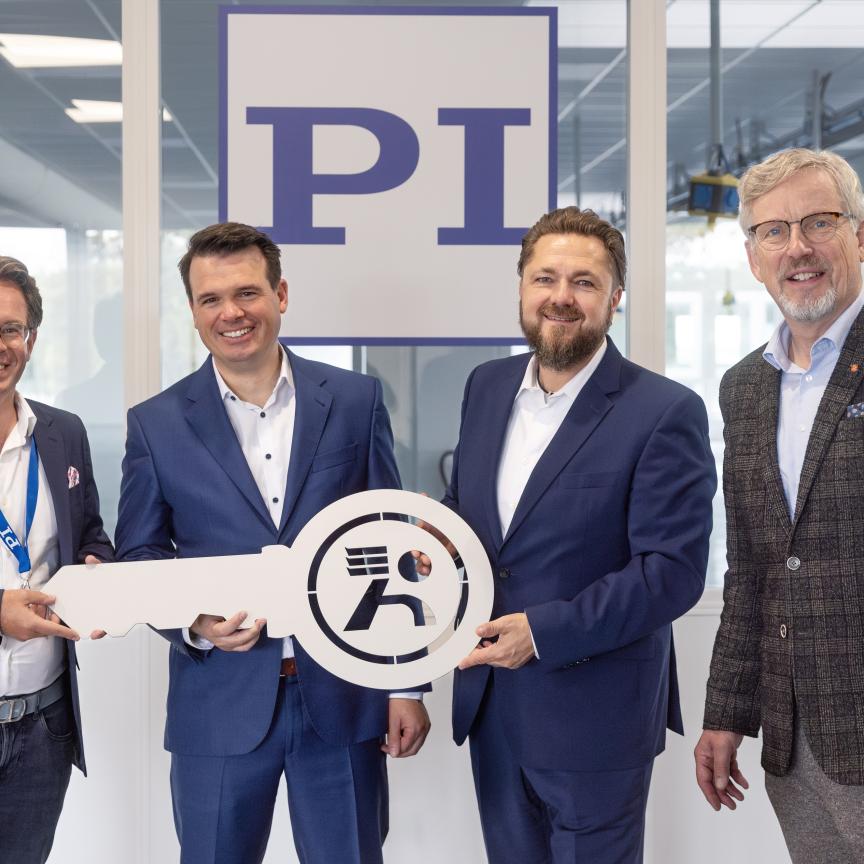Holo/Or has introduced its family of affordable reduced cost microscopy vortex phase plates.
Vortex phase plates are often used in advanced microscopy, mostly in the STED and laser tweezing applications. By adding a vortex phase plate, it is possible to shape the spot to a doughnut-like distribution, with a central hole that is smaller than the diffraction limit. This enables sub-diffraction limit optical resolution by depleting fluorescent excitation in all areas outside the hole (as is done in STED), or trapping and manipulating very small particles, as is done in tweezing.
The company's vortex beam generators work through use of a vortex phase plate, a flat optical element with a precise, micron-scale depth helical structure on the active surface. This structure adds an orbital angular momentum to the beam propagated through it that ‘pushes’ the energy from the beam centre, creating a doughnut-like illumination profile.
Unlike liquid crystal-based vortex phase plates that manipulate the spin momentum, Holo/Or elements are not sensitive to polarisation of the incoming light thus do not require any specific rotation angle vs the incoming beam.
Holo/Or’s new microscopy vortex phase plates offer high phase profile accuracy, providing precise shaping to a symmetrical donut, with no undefined area in the centre of the plate. The new vortex generators have a high LDT, suitable for illumination with > 1,000mW of laser power, are stable at typical microscope operating conditions (-40 to +120°C) and can be easily integrated into existing setups due to their small form factor. For interested customers, Holo/Or can mount them in 1’’ holder frames to facilitate integration into the laser light path.
Holo/Or has recently developed a new production process that enables us to offer these elements at affordable and competitive costs to meet the growing market’s needs.

